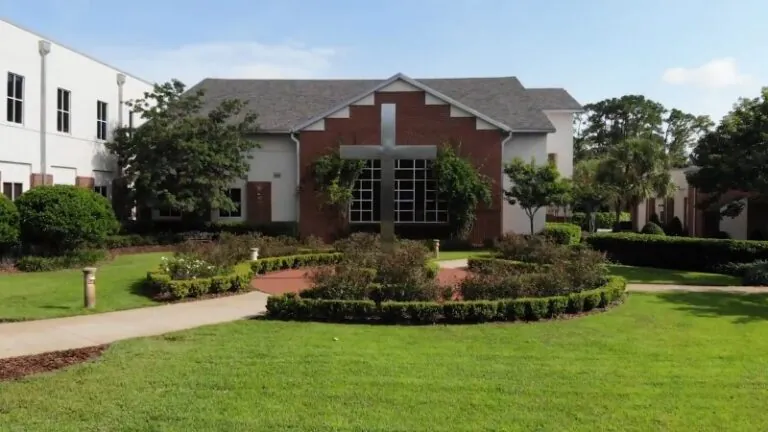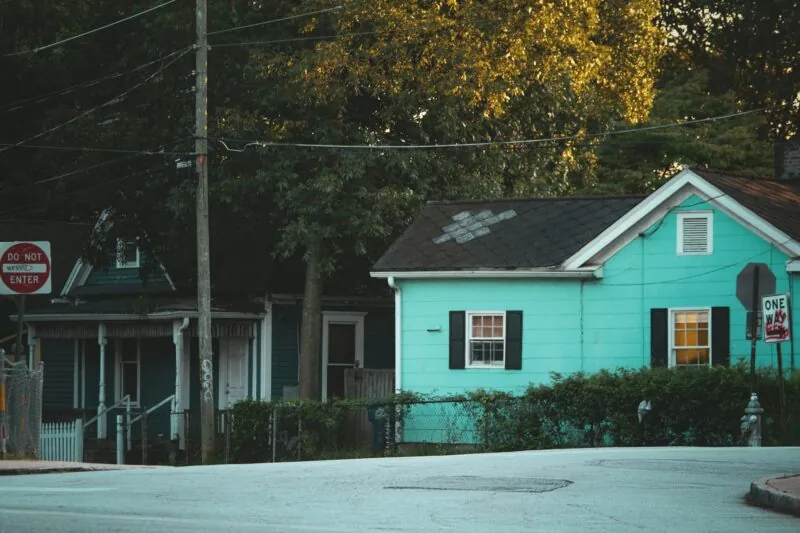
If you’re a homeowner in Florida, here’s the plain truth: Florida’s weather will test your roof and driveway like nowhere else.
With summer highs reaching 90-95°F, humidity levels above 70% year-round, and a hefty 54 inches of rainfall annually, plus the very real threat of hurricanes packing 150 mph winds, Florida’s climate is a recipe for accelerated wear and tear.
The constant assault of sun, rain, and wind shortens the lifespan of roof materials and erodes driveways faster than in milder climates. It’s not just about aesthetics – your home’s protection and safety depend on how well you handle this unique environment.
Let’s take a closer look at what this means for you as a Florida homeowner – and what you can do to keep your roof and driveway in top shape.
Table of Contents
ToggleHigh Temperatures and UV Radiation: Roofing’s Silent Enemy
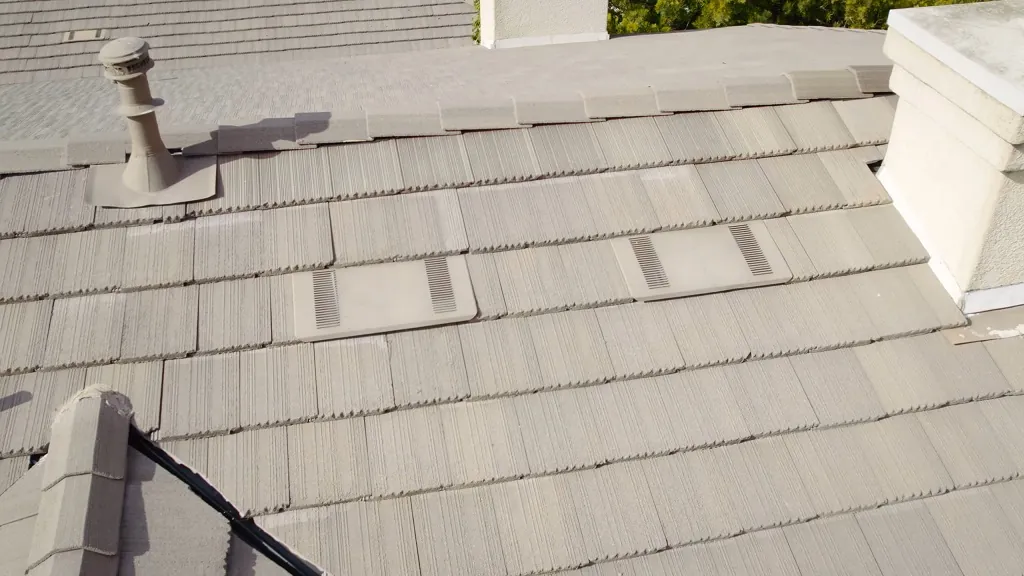
Florida’s high temperatures and strong sun aren’t just uncomfortable – they’re relentless. With an average UV index of 6-10, especially in cities like Miami and Tampa, UV rays break down roofing materials at an accelerated pace.
- Asphalt shingles, popular for their affordability, can lose flexibility and crack under this heat, shortening their lifespan from the standard 20-25 years to as little as 12-15 years in Florida.
- Tile roofs, though more durable, aren’t immune. Constant exposure to heat and sun can cause tiles to fade, become brittle, or develop surface erosion.
| City | Average Summer High (°F) | Annual Rainfall (inches) | Average UV Index |
| Miami | 88-91 | 61 | 10 |
| Orlando | 91-94 | 52 | 9 |
| Tampa | 90-92 | 50 | 9 |
Add in heat-induced expansion and contraction, and you get roofing materials that pull themselves apart over time. Seams weaken, shingles curl, and flashing fails, leaving your home vulnerable.
Smart Tips:
- Opt for algae-resistant shingles or reflective, high-UV-resistant roofing materials.
- Schedule annual inspections, especially before hurricane season, to catch early signs of sun damage.
- Consider applying UV-protective roof coatings that can extend material life.
Heavy Rainfall and Humidity: Breeding Grounds for Mold and Algae
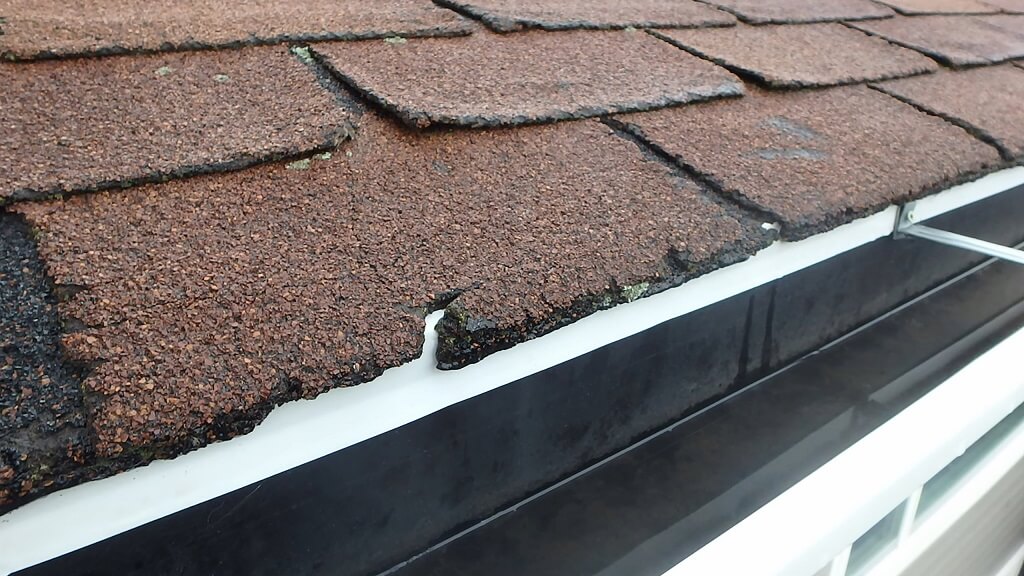
Florida’s humidity levels routinely exceed 70%, especially in the summer, turning your roof and driveway into prime real estate for mold, mildew, and algae. Combine this with an annual rainfall averaging around 54 inches, and you’ve got a perfect recipe for moisture-related issues.
When surfaces stay damp for extended periods, they create ideal breeding grounds for organic growth, which doesn’t just look unsightly – it can compromise structural integrity.
On roofs, those dark streaks you often see – usually made up of blue-green algae called Gloeocapsa magma – are more than cosmetic nuisances. Algae hold moisture against roofing materials, accelerating the degradation of asphalt shingles, clay tiles, and even metal finishes.
This moisture retention can lead to shingle curling, cracking, and ultimately leaks. The problem is compounded if gutters are clogged or if overhanging tree branches prevent sunlight from drying out wet areas.
Driveways face similar issues. Porous materials like concrete are especially vulnerable. When moisture sits on these surfaces, mold and moss can establish themselves, creating slippery conditions that pose safety hazards. This is particularly problematic after heavy rainstorms, when water fails to drain properly.
Asphalt driveways, while less porous than concrete, can still trap moisture in micro-cracks, fostering algae and mildew growth. In high-humidity environments like Florida, these growths can appear quickly and require regular cleaning to keep them at bay.
This is where exterior cleaning services can make the day. Professional cleaners know exactly how to handle Florida’s unique conditions, with treatments like power washing, eco-friendly cleaners, and preventive solutions that help keep your roof and driveway clean and safe.
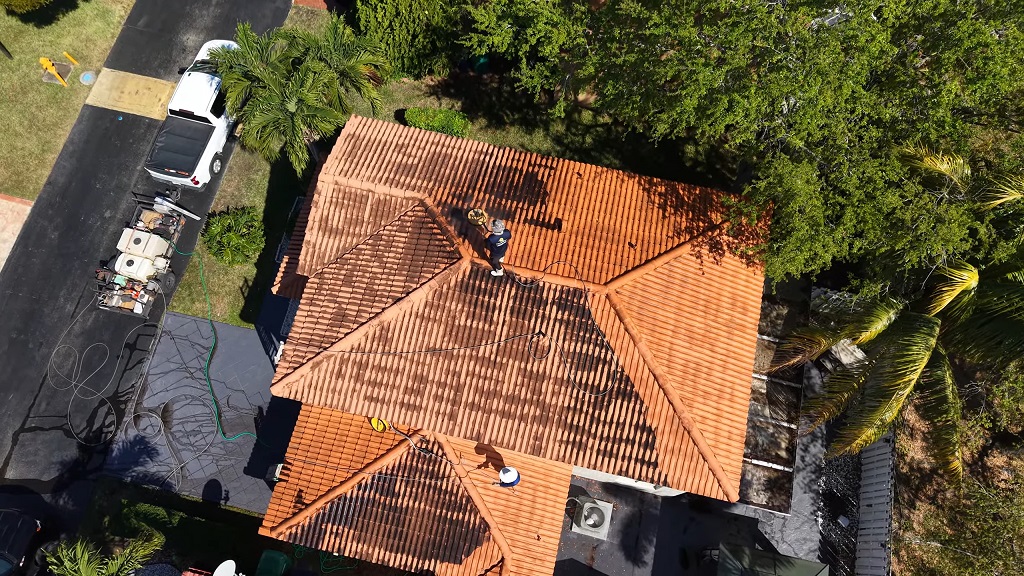
Sure, you could tackle it yourself with a pressure washer, but pros bring the right equipment and expertise to make the job faster and more effective. Plus, regular cleaning keeps your home looking sharp, which is always a bonus.
| Material | Expected Lifespan (Florida) | Expected Lifespan (Milder Climates) |
| Asphalt Shingles | 12-15 years | 20-25 years |
| Concrete Driveway | 15-20 years | 25-30 years |
| Asphalt Driveway | 10-15 years | 20-25 years |
Smart Tips:
- Keep gutters clear and downspouts aimed away from driveways to prevent pooling water.
- Use pressure washing and apply algaecides or biodegradable cleaners on roofs and driveways.
- Seal driveways with water-resistant sealants, especially those formulated for high-humidity regions.
Hurricane-Driven Wear: Florida’s Wild Card
Hurricanes and tropical storms don’t just bring rain – they bring wind, debris, and chaos. Hurricane Ian in 2022, for instance, tore off roofs and uprooted driveways across South Florida. Winds exceeding 150 mph can lift shingles, peel back flashing, and toss branches or debris onto roofs and driveways.
Concrete driveways, though solid, can crack under sudden impact from fallen trees or flying debris. Asphalt surfaces are even more vulnerable, with gouges and surface erosion common post-storm.
Smart Tips:
- Choose impact-resistant roofing (Class 4 rated) that can better withstand flying debris.
- Reinforce roof-to-wall connections and check for loose shingles or flashing before storm season.
- Install hurricane straps and gutter guards to reduce roof damage from high winds and debris.
- After storms, inspect your driveway for cracks or drainage issues and repair promptly.
After Hurricane Ian, a homeowner in Naples had to replace their asphalt shingle roof, which was shredded by wind gusts. Their contractor recommended switching to a metal roof with a hurricane rating, which added resilience and cut future insurance costs. Florida’s unique climate is tough on both concrete and asphalt driveways. Sun exposure dries out sealants, while humidity and rain seep into microscopic cracks, expanding and contracting with temperature shifts. Over time, this leads to potholes, surface crumbling, and sinking. For asphalt, the heat can soften the surface, making it more prone to rutting and grooving from vehicle weight. Meanwhile, concrete can experience spalling – the surface flaking off due to water intrusion and temperature swings. Florida’s climate isn’t gentle on homes. Between the relentless sun, heavy rains, high humidity, and hurricane threats, your roof and driveway face a constant battle. Ignoring maintenance isn’t an option here – it’s essential. Here’s a quick reference checklist to help you stay on top of things:Concrete and Asphalt Maintenance: Keeping the Driveway Intact
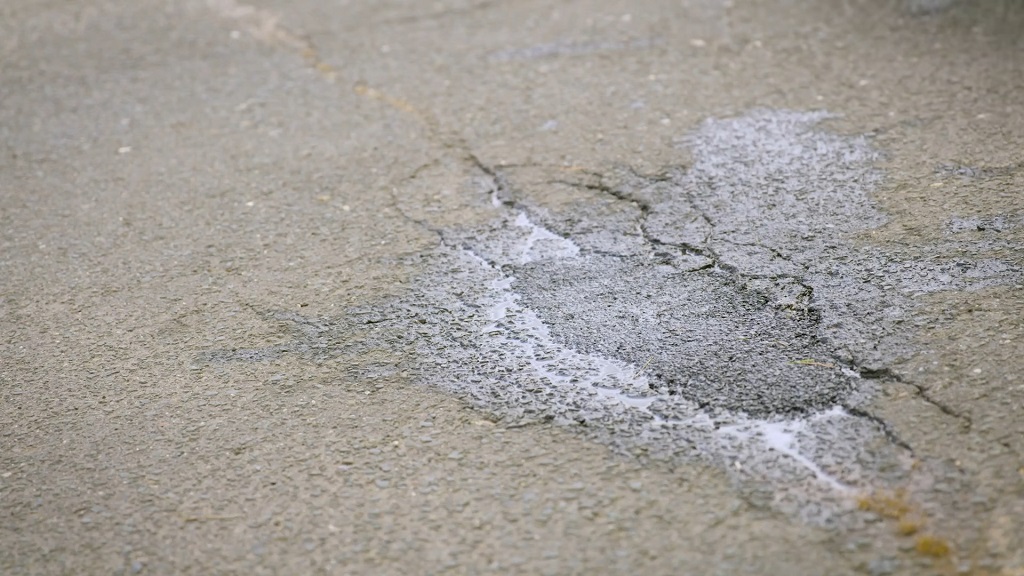
Smart Tips:
The Bottom Line:
Action
Frequency
Roof inspection and minor repairs
Every 6-12 months
Gutter cleaning
Every 3-6 months
Roof cleaning (algae, mold)
Annually
Driveway resealing (asphalt)
Every 2-3 years
Driveway sealing (concrete)
Every 3-5 years
Tree trimming near the roof/driveway
Annually
Hurricane preparation checks
Start each storm season
Related Posts:
- Paddleboarding and Kayaking Spots Around Central Florida
- 5 Reasons to Attend Taste! Central Florida You Should Know
- What to Know Before Driving from Florida to Missouri…
- Average Salaries in Florida: What New Residents…
- How Disney and Universal Managed the Reopening After…
- Ultimate Disney Thanksgiving 2025 Dining and…












